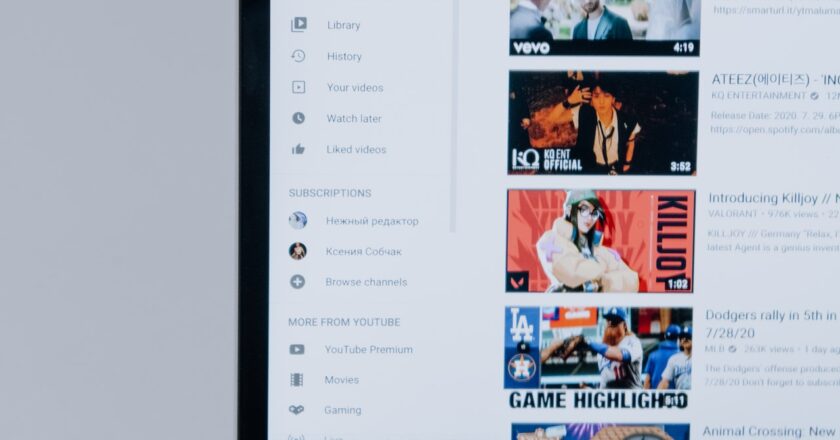YouTube is the 2nd largest search engine (next to Google, its parent company). 8 out of 10 videos displayed on the search engine results are from YouTube. With more than 500 hours of videos uploaded to YouTube, how can you make your uploads stand out from the sea of videos? The most effective way is to optimize your video for search using YouTube SEO best practices.
How to Boost Your Search Ranking
Numerous brands use YouTube SEO strategies to increase their online visibility and search rankings on the major video platform on the web. Like Google, YouTube employs identical algorithms for website and video ranking and goals to provide users with the best experience possible. The combination of Google and YouTube search results not only helped simplify user search queries but also supercharge your digital marketing efforts.
Before we dive into the tips, here are some of the tools you can use to rank your videos:
- Canva
- TubeBuddy
- VidIQ Vision
- Cyfe
- Ahrefs Keyword Explorer
Here are 8 YouTube SEO tips that will capture the attention of your target audience and drive more traffic and video views.
- Choose Keywords Wisely
The search engine results page is a fierce battleground for millions of brands competing for the attention of their target audience. New products, services, and competitors fight for the top spot daily. That is why it is crucial to diversify your brand—the key to using competitive terms and incorporating the right keywords to get you volume.
Here are some of the most helpful keyword research tools for SEO or PPC:
- Google Keyword Planner
- SemRush
- Moz
- WordStream’s Free Keyword Tool
- Use Keywords in Your Title
Businesses must understand the search intent of their audience: informational, commercial, navigational, and transactional. To boost the visibility of your video in search results, you must match the subject of your video to the intent of your target audience.
You must also understand the purpose of your video and get to know your primary audience. For instance, when you showcase an excellent product review to attract more customers. You need to use the product name in the title and description of the video. While this is a simple step, many video marketers tend to miss this crucial step, causing their videos to appear low on both YouTube and Google search results.
- Include the Keyword in Your Video File
This step is extremely crucial as it is among the YouTube ranking factors that will help boost your video’s visibility in search results. Uploading a file name with a relevant keyword in it increases your likelihood of being ranked and acquiring more search volume.
- Optimize Your Video Description
A strong, optimized video description is among the most critical YouTube SEO ranking factors. Make sure to include descriptions, subtitles, closed captions, and thumbnails when changing or updating any important video elements. To optimize your video description, integrate the user-relevant keywords in the first few sentences of your description. Your video description should not exceed 200 words.
- Use Hashtags to Drive Search Results
Across social media, the use of Youhashtags (#) helps people find relevant content that offers answers or solutions to their problems. Incorporating a specific hashtag into your video descriptions and titles can make your video more searchable to your target viewers.
- Choose a Category for Your Video
When uploading on YouTube, be sure to choose the category that best suits the topic of the video. Contextualizing your video with categories can help increase your likelihood of getting found by viewers.
- Customize Your Thumbnails
Thumbnails can make or break your YouTube videos. A strong thumbnail can help you stand out and catch the attention of your target viewers when searching for videos on YouTube. It increases your click-through rates, leading to a higher watch time and improving your YouTube rankings. Customizing your thumbnail enables people to see what your video is about.
- Add Subtitles and Closed Captions
Using subtitles and closed captions is our final tip for increasing your success on YouTube searches. Both subtitles and closed-caption act as a transcript for your video. Subtitles can help communicate the dialogue to viewers who cannot understand the language used in the video. On the other hand, closed captions are designed for your viewers who cannot hear the audio.

